The 2025 West Coast EMT Block Exam #3 with 100 Questions: Ultimate Study Guide with Practice Questions & Expert Answers is an essential resource for EMT students preparing for the third block exam in the 2025 West Coast EMT program. This ultimate study guide includes 100 carefully curated practice questions, reflecting the exam’s structure and focus, covering advanced topics such as pediatric emergencies, obstetrics, environmental emergencies, and behavioral health crises. The questions are designed in multiple formats, including scenario-based and knowledge-based, such as managing a pediatric patient with anaphylaxis, calculating fluid resuscitation for a burn victim, or de-escalating a patient experiencing a psychotic episode. Each question is followed by expert answers and detailed rationales, explaining critical decision-making processes—for example, why epinephrine is the first-line treatment for anaphylaxis in a child, or how to use the Parkland formula to determine IV fluid rates for burn patients. Aligned with the NREMT standards and West Coast EMT curriculum, this guide also includes a concise study section summarizing key protocols, such as the use of a traction splint for a mid-shaft femur fracture or the steps for delivering a baby in the field. With practical test-taking tips, like prioritizing patient assessment steps and avoiding common pitfalls in high-stress scenarios, this resource ensures students are well-equipped to pass the Block Exam #3 and thrive in their EMT training.
Preview
Multiple-Choice Questions with Rationales
1. A 30-year-old male experienced a generalized (tonic-clonic) seizure, which stopped
before you arrived at the scene. The patient is conscious, is answering your questions
appropriately, and refuses EMS transport. Which of the following would be the MOST
compelling reason to disagree with his refusal of transport?
Select one: A. His Glasgow Coma Scale (GCS) score is 15
B. His wife states that this was his “usual” seizure
C. He has experienced seizures since he was 20
D. He is currently not prescribed any medications (Correct Answer: D)
Rationale: Patients with a history of seizures who are not currently on prescribed
medication are at a higher risk for recurrent seizures. This makes transport for further
evaluation crucial.
2. A patient who is possibly experiencing a stroke is NOT eligible for thrombolytic
(fibrinolytic) therapy if he or she:
Select one: A. has had a prior heart attack.
B. has bleeding within the brain. (Correct Answer: B)
C. has a GCS score that is less than 8.
D. is older than 60 years of age.
Rationale: Thrombolytic therapy is contraindicated in patients with active intracranial
bleeding because it can worsen hemorrhagic strokes and increase fatal outcomes.
3. A patient whose speech is slurred and difficult to understand is experiencing:
Select one: A. paraplegia.
B. dysphagia.
C. dysarthria. (Correct Answer: C)
D. aphasia.
Rationale: Dysarthria is a motor speech disorder resulting from neurological injury that
affects muscle control, leading to slurred or difficult-to-understand speech.
1. A 30-year-old male experienced a generalized (tonic-clonic) seizure, which stopped
before you arrived at the scene. The patient is conscious, is answering your questions
appropriately, and refuses EMS transport. Which of the following would be the MOST
compelling reason to disagree with his refusal of transport?
Select one: A. His Glasgow Coma Scale (GCS) score is 15
B. His wife states that this was his “usual” seizure
C. He has experienced seizures since he was 20
D. He is currently not prescribed any medications (Correct Answer: D)
Rationale: Patients with a history of seizures who are not currently on prescribed
medication are at a higher risk for recurrent seizures. This makes transport for further
evaluation crucial.
2. A patient who is possibly experiencing a stroke is NOT eligible for thrombolytic
(fibrinolytic) therapy if he or she:
Select one: A. has had a prior heart attack.
B. has bleeding within the brain. (Correct Answer: B)
C. has a GCS score that is less than 8.
D. is older than 60 years of age.
Rationale: Thrombolytic therapy is contraindicated in patients with active intracranial
bleeding because it can worsen hemorrhagic strokes and increase fatal outcomes.
3. A patient whose speech is slurred and difficult to understand is experiencing:
Select one: A. paraplegia.
B. dysphagia.
C. dysarthria. (Correct Answer: C)
D. aphasia.
Rationale: Dysarthria is a motor speech disorder resulting from neurological injury that
affects muscle control, leading to slurred or difficult-to-understand speech.




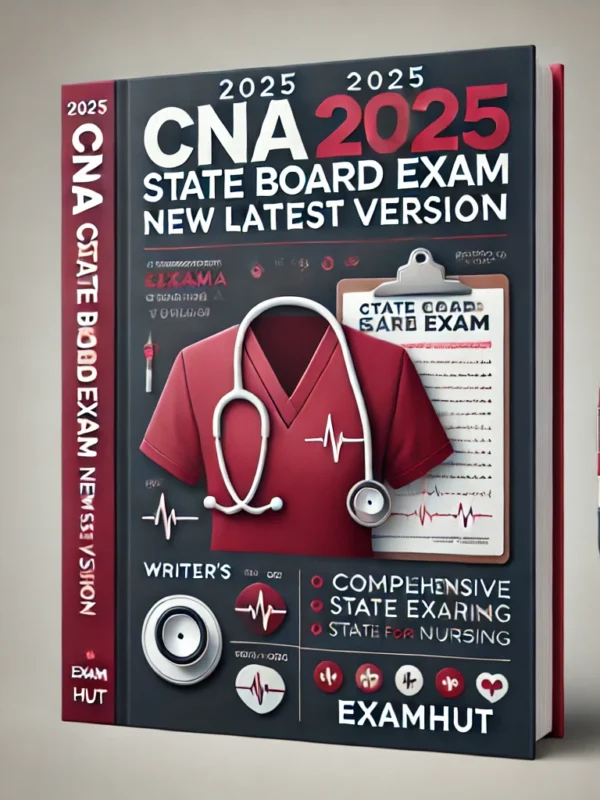

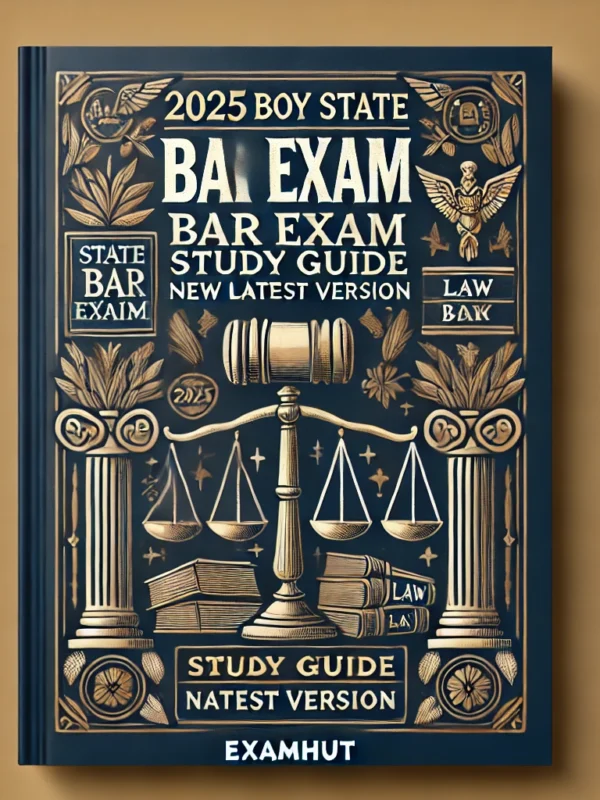
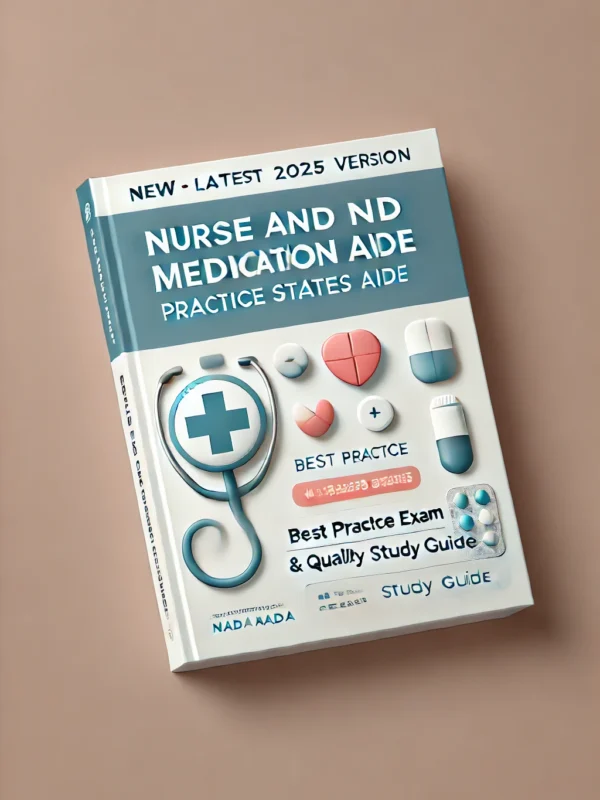

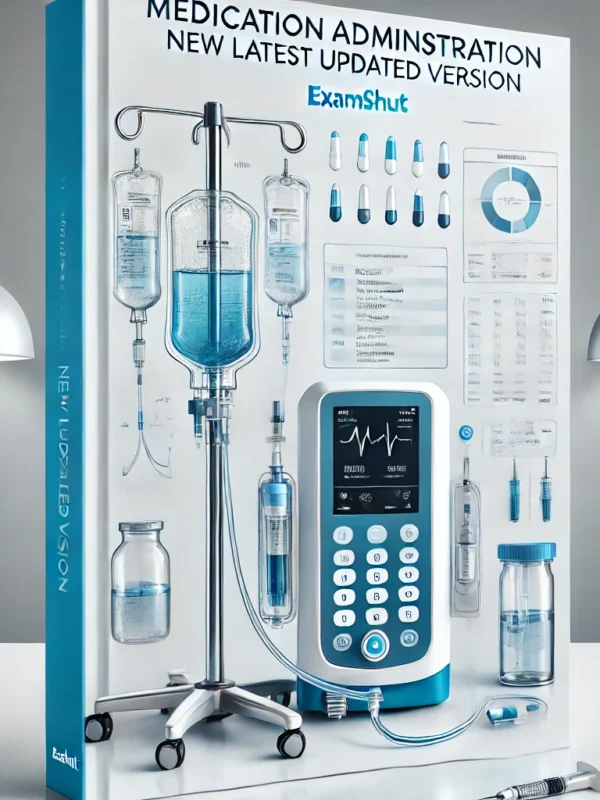
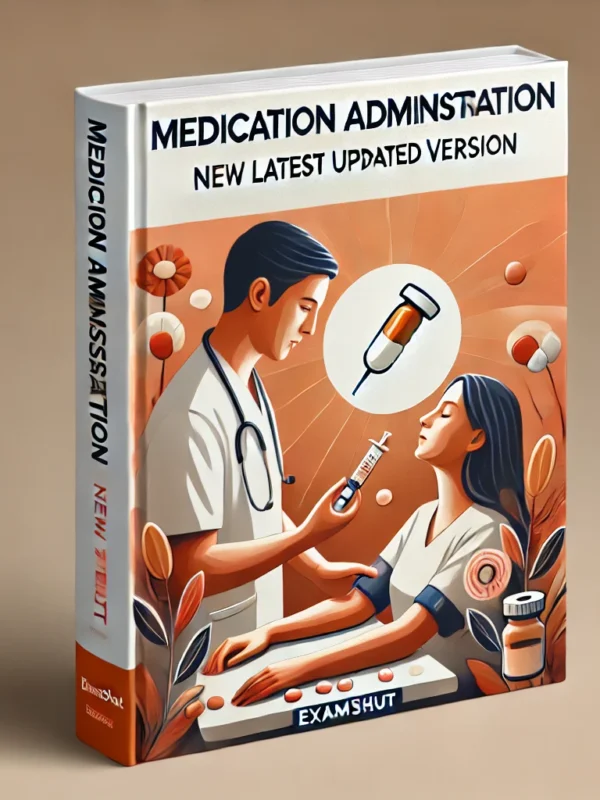
Reviews
There are no reviews yet.